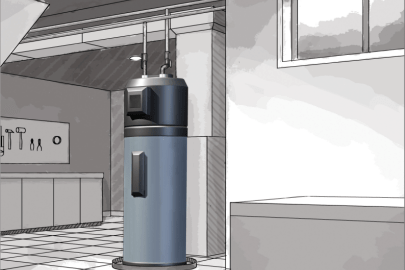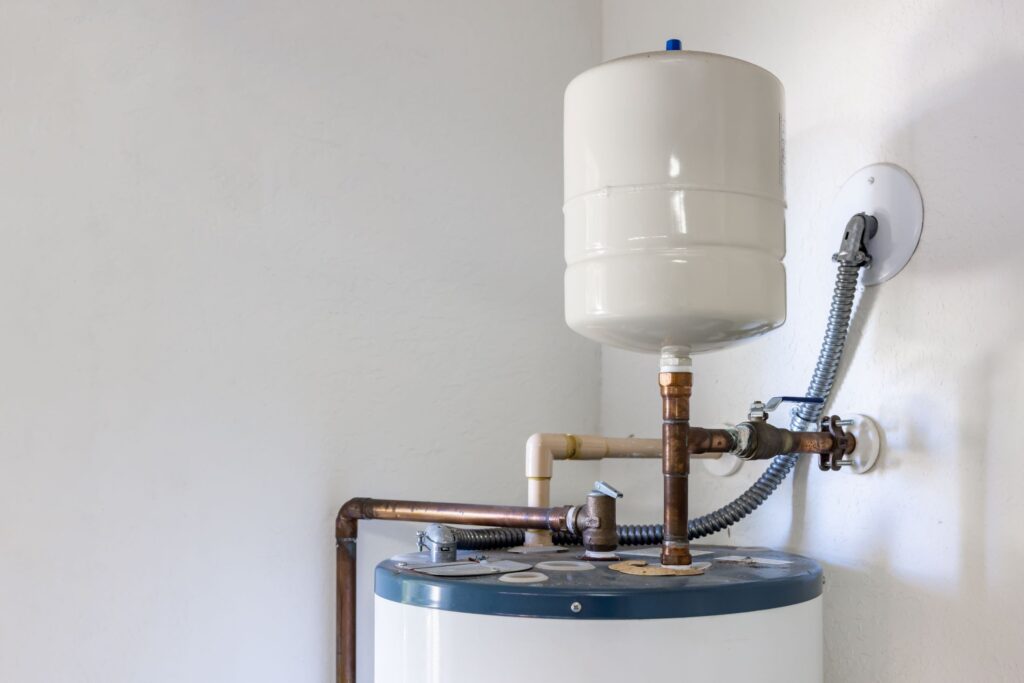Professional Tips on Maintaining Your Home's Hot Water System
Professional Tips on Maintaining Your Home's Hot Water System
Blog Article
This article on the next paragraphs pertaining to What Kind of Maintenance Do Water Heaters Need? is relatively insightful. Check it out for your own benefit and decide what you think of it.

Warm water is vital for daily convenience, whether it's for a refreshing shower or cleaning meals. To ensure your warm water system runs successfully and lasts longer, regular upkeep is essential. This article supplies useful tips and understandings on how to keep your home's warm water system to stay clear of disturbances and expensive repairs.
Intro
Preserving your home's hot water system might appear difficult, but with a few easy steps, you can ensure it operates efficiently for many years to come. This overview covers everything from recognizing your hot water system to do it yourself upkeep suggestions and recognizing when to contact professional assistance.
Importance of Preserving Your Hot Water System
Normal maintenance not just extends the life expectancy of your hot water system however also guarantees it operates effectively. Disregarding maintenance can bring about decreased performance, higher power bills, and even early failing of the system.
Indicators Your Hot Water System Requirements Maintenance
Understanding when your warm water system needs attention can stop significant issues. Watch out for signs such as irregular water temperature level, strange noises from the heating unit, or corroded water.
Recognizing Your Hot Water System
Before diving right into upkeep tasks, it's useful to recognize the standard components of your warm water system. Normally, this includes the water heater itself, pipes, anode rods, and temperature controls.
Month-to-month Upkeep Tasks
Routine regular monthly checks can aid capture small concerns before they escalate.
Purging the Hot Water Heater
Purging your hot water heater removes sediment buildup, improving efficiency and lengthening its life.
Monitoring and Changing Anode Rods
Anode poles protect against corrosion inside the tank. Examining and replacing them when broken is critical.
Inspecting and Adjusting Temperature Settings
Adjusting the temperature settings makes sure ideal efficiency and security.
DIY Tips for Maintenance
You can carry out several upkeep tasks on your own to maintain your warm water system in leading problem.
Looking for Leakages
Regularly inspect pipes and connections for leakages, as these can bring about water damages and greater expenses.
Checking Pressure Relief Valves
Evaluating the pressure relief valve guarantees it works properly and stops extreme pressure accumulation.
Insulating Pipes
Protecting hot water pipelines lowers warm loss and can save energy.
When to Call a Professional
While DIY upkeep is valuable, some concerns need expert knowledge.
Complex Issues Requiring Specialist Aid
Instances include major leaks, electric issues, or if your hot water heater is continually underperforming.
Regular Expert Maintenance Conveniences
Professional upkeep can consist of complete evaluations, tune-ups, and ensuring compliance with safety requirements.
Conclusion
Routine maintenance of your home's warm water system is essential for performance, longevity, and price financial savings. By complying with these tips and understanding when to seek expert aid, you can make sure a dependable supply of hot water without unforeseen disruptions.
How to Maintain an Instant Hot Water Heater
Before tinkering with your hot water heater, make sure that it’s not powered on. You also have to turn off the main circuit breaker and shut off the main gas line to prevent accidents. Also turn off the water valves connected to your unit to prevent water from flowing into and out of the appliance. 2. When you’re done, you have to detach the purge valves’ caps. These look like the letter “T†and are situated on either side of the water valves. Doing so will release any pressure that has accumulated inside the valves while at the same time avoid hot water from shooting out and burning your skin. 3. When the purge valves’ caps are removed, you have to connect your hosing lines to the valves. Your unit should have come with three hoses but if it didn’t, you can purchase these things from any hardware or home repair shops. You can also get them from retail stores that sell water heating systems. Read the user’s manual and follow it to complete this task properly. When the hosing lines are connected, open the purge port’s valves. 4. You should never use harsh chemical cleaners or solutions when cleaning your unit. Make use of white vinegar instead. It should be undiluted and you’ll probably use about 2 gallons. 5. Now flush your water heater. This task should probably take about 40 minutes. We can’t give you specific directions for this because the procedure is carried out depending on the type, model and brand of your heater. With that being said, refer to the user’s manual. 6. When you’re done draining the unit, you have to turn off the purge port valves again. Remove the hosing lines that you earlier installed on each of the water valves. Put the valve caps (purge port) back in their respective places and be very careful so as not to damage the rubber discs that are found inside these caps. 7. Now that everything’s back in place, check your user’s manual again to find out how to reactivate your water heating system. 8. Once it is working, turn one of your hot water faucets on just to let air pass through the heater’s water supply pipes. Leave the tap on until water flows smoothly out of it. https://www.orrplumbing.com/blog/2014/september/how-to-maintain-an-instant-hot-water-heater/

As an enthusiastic person who reads about Water Heater Maintenance Tips You Can't Afford to Forget, I imagined sharing that piece of content was a smart idea. Sharing is good. Helping people is fun. We value reading our article about Tips on Maintaining a Water Heater.
Contact Us Today Report this page